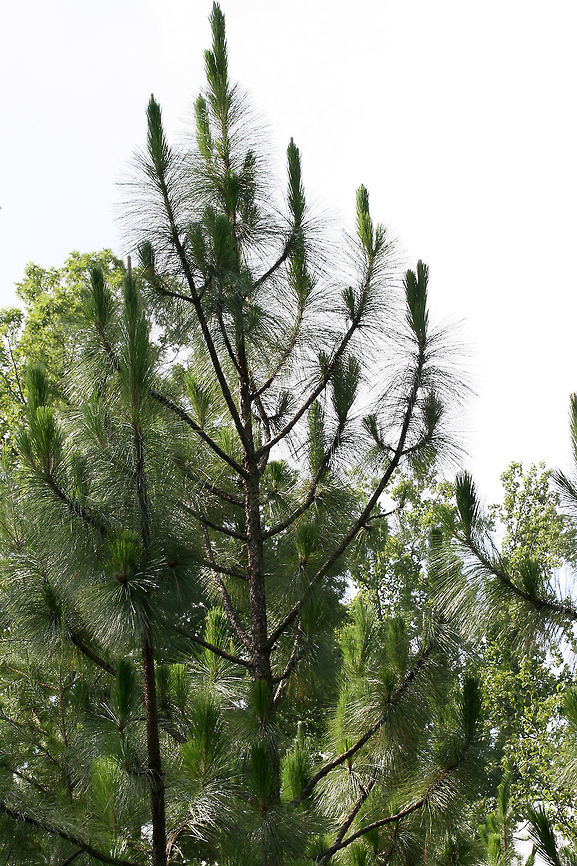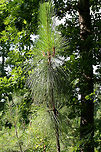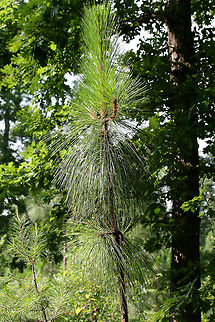 Species introCountry intro
Species introCountry intro
Longleaf Pines (Pinus palustris)
ENDANGERED. Growing in a conservation community on the Berry College campus in Rome, Georgia. Several areas have been set aside for longleaf pine ecosystem restoration.
Before European settlement, longleaf habitats took up nearly 360,000 km2 of the southeastern US. Habitats have been reduced to around 4% of that since then. The disappearance of the longleaf can be attributed to overharvesting and conversion of land to either urban communities, agricultural lands, or industrial pine plantations. Longleaf pines are more resistant to diseases and pests (like the Southern Pine Beetle) but are quickly being replaced by monocultures of Loblolly or Slash pines. Restoration of longleaf ecosystems could also reduce the chances of destructive wildfires as stands are often maintained with prescribed burns.


More information on the project and visiting the college campus is here:
https://www.berry.edu/academics/mathsci/longleaf/
https://www.berry.edu/uploadedFiles/Website/Academics/School_-_Math_and_Science/Departments/Biology/Longleaf_Pine_Project/_Assets/Documents/General Longleaf Pine Project Presentation.pdf

''Pinus palustris'', commonly known as the longleaf pine, is a pine native to the Southeastern United States, found along the coastal plain from East Texas to southern Maryland, extending into northern and central Florida. It reaches a height of 30–35 m and a diameter of 0.7 m . In the past, before extensive logging, they reportedly grew to 47 m with a diameter of 1.2 m .
